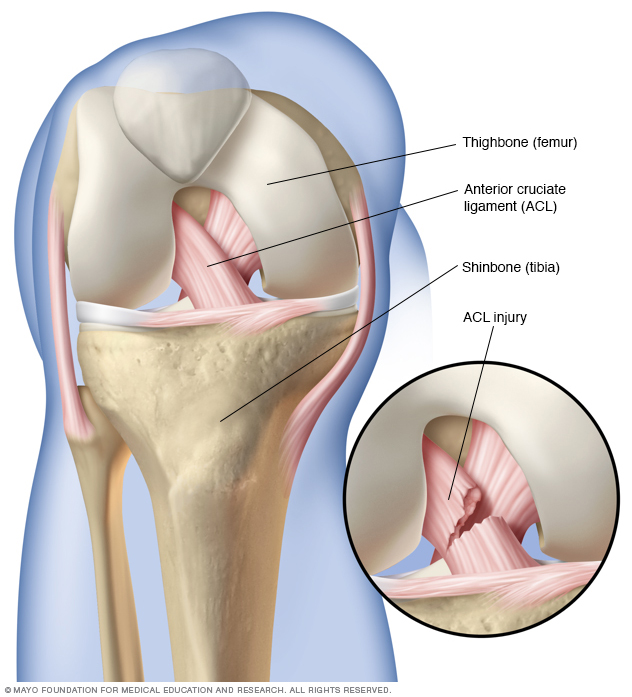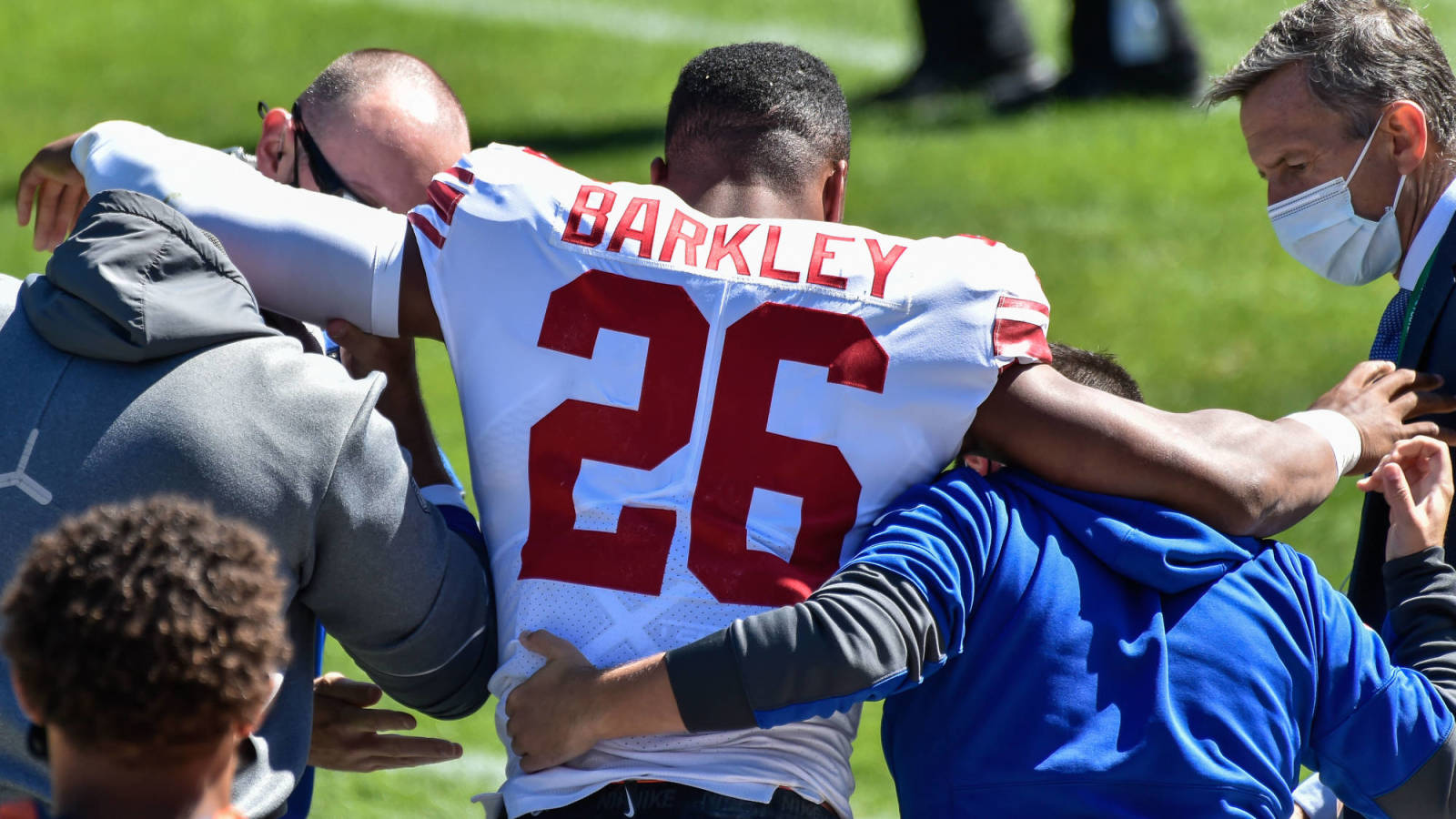

It can also be torn if your knee and lower leg are twisted. You can tear your ACL if your lower leg extends forwards too much. ACL injuries are one of the most common types of knee injuries. Knee injuries can occur during sports such as skiing, tennis, squash, football and rugby. It also helps to control the back-and-forth movement of the lower leg. It runs diagonally through the inside of the knee and gives the knee joint stability. The ACL is a tough band of tissue joining the thigh bone to the shin bone at the knee joint. Articles for further readingīelow, explore articles and other content on ACL injuries or select Treating Physicians to find the best doctor or surgeon at HSS to suit your specific condition and insurance.If you tear the anterior cruciate ligament (ACL) in your knee, you may need to have reconstructive surgery. Many people with torn ACLs who receive conservative, nonsurgical treatments are able to swim, jog and use most equipment found at the gym or health club. If the injury is not too severe, some patients who do not need to perform intense athletics or physical labor may be able to go without surgery and still lead active, healthy lifestyles. In athletes and other people of any age who wish to continue doing physically demanding activity, an ACL reconstruction surgery is often needed. The choice to have surgery is usually based on the patient's lifestyle. More importantly, a damaged meniscus increases a patient's risk of developing osteoarthritis of the knee later in life. If a tear forms in one or both menisci of the knee, pain and swelling may occur. In the absence of an intact ACL – even when no other injury is present – the menisci (pads of cartilage that cushion the bones that meet at the knee joint) have a higher risk of injury. Pain may be associated with the physical therapy regimen. Those who return to unrestricted activity are likely to experience some knee instability. The long-term outcome for patients who are treated nonsurgically varies. Possible disadvantages of nonsurgical treatments This rehabiliation regimen is extremely important for preventing future injury. The doctor will also prescribe a course of physical therapy. Some patients may also be fitted with a leg brace for use during activities that place stress on the knee. The main conservative treatments are rest and anti-inflammatory medication to reduce pain and inflammation. Surgery is not necessary for all patients. Getting an MRI is also important to find out if other parts of the knee have been injured. How is a torn ACL diagnosed?Ī doctor can usually diagnose a torn ACL from a physical exam, although magnetic resonance imaging ( MRI) is helpful. Whether or not surgery is performed, physical therapy will be critical to strengthen the muscles surrounding the knee and improve its range of motion. The doctor will determine how bad the ACL injury is and review whether nonsurgical treatment and rehabilitation will be enough or if orthopedic surgery is necessary.

Consult an orthopedist or sports medicine physician as soon as possible.Taking nonsteroidal anti-inflammatory drugs (NSAIDs) such as ibuprofen.Decrease the inflammation in the knee by:.Immediately after an ACL injury, it is important to: What should I do if I think I have torn my ACL? If the ACL is completely torn, there will be instability in the knee that will cause feelings of sudden shifting or buckling. This is especially the case in people whose lifestyles do not involve intense physical activity. However, in some less severe tears, these symptoms may be mild. The knee will quickly swell and, in many cases, feel unstable. When a person tears their ACL, they often report hearing a popping sound at the moment that the tear occurs. Symptoms: What happens when the ACL is torn? ACL tear injuries are often accompanied by injuries to other tissues in the knee, including cartilage or additional knee ligaments, such as the MPFL. How do you tear your ACL?Ī partial or complete ACL tear (rupture) often occurs during a sudden twisting movement, in which a person stops quickly and changes direction, especially while pivoting or landing after a jump.Ī sudden, high-energy impact to the knee can also cause the ACL to tear. However, newer surgical techniques have made surgical repair an option for many kids and teens. This was because tradtional ACL surgery techniques could cause growing children to develop a leg length discrepancy or growth deformity. Until recently, ACL treatment for children and adolescents was exclusively nonsurgical.

Active women experience a higher incidence of ACL injuries than men because their biomechanics tend to put more stress on their knees.ĪCL injuries are also common in children, especially as youth sports become increasingly competitive. People of all ages, physical conditions and abilities can tear an ACL.


 0 kommentar(er)
0 kommentar(er)
